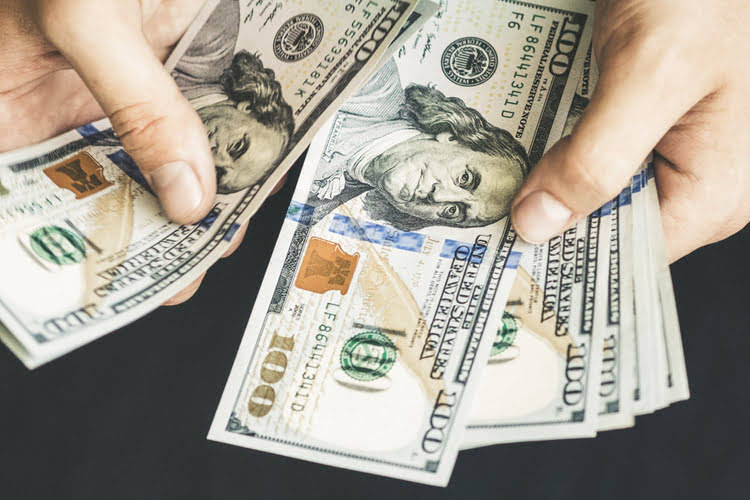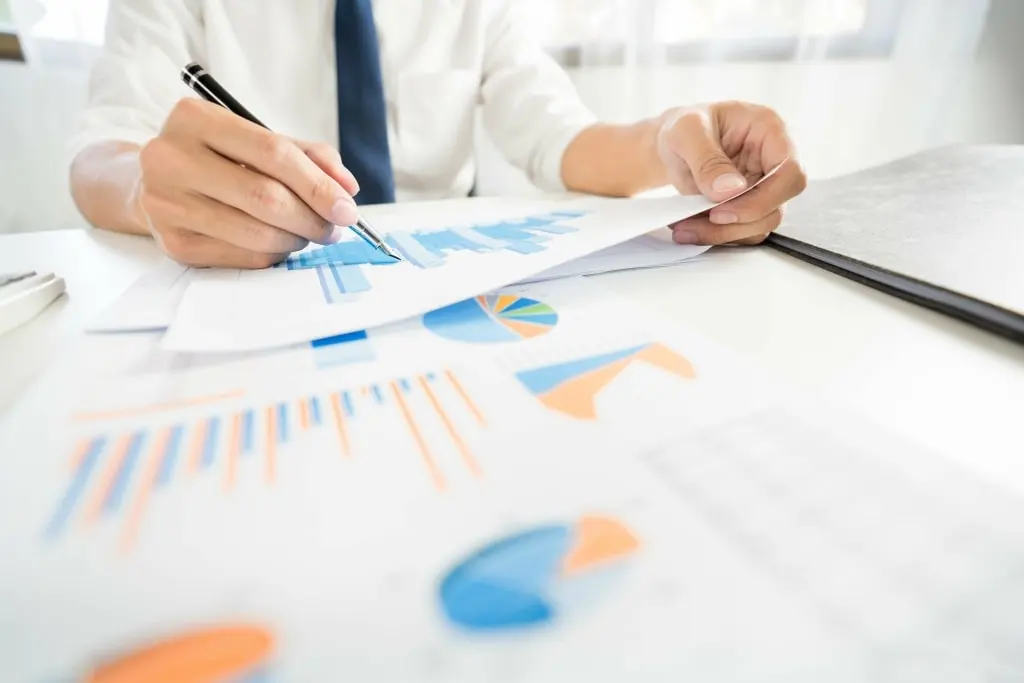Unlocking the Secrets of Plant Assets: Get to Know Definition, Examples, and Management St

Depreciation spreads the cost of a plant asset over its useful life. This process matches part of the asset’s cost to each year it helps generate revenue. There are several methods to calculate depreciation, but all reflect how assets lose value over time. Delving into plant assets reveals an array of crucial resources, varying from the solidity of land to the sophistication of digital software. They form the backbone of a company’s operational arsenal, each with a distinct role and value on the balance sheet that can significantly impact long-term business success.

Sum of Years Digit Method

Plant assets, except for land, are depreciated to spread their cost out over their useful life. unearned revenue For the past 52 years, Harold Averkamp (CPA, MBA) hasworked as an accounting supervisor, manager, consultant, university instructor, and innovator in teaching accounting online. For the past 52 years, Harold Averkamp (CPA, MBA) has worked as an accounting supervisor, manager, consultant, university instructor, and innovator in teaching accounting online. Land built or designated for business uses, such as office buildings, retail establishments, and industrial facilities, is commercial real estate.
Factors Affecting Valuation

Because natural gas and oil in the U.S. are being depleted, the land that contains these resources can be of great value. Under Internal Revenue Service (IRS) tax laws, land is not a depreciable asset and qualifies as a fixed asset instead of a current asset. Below is a break down of subject weightings in the FMVA® financial analyst program. As you can see there is a heavy focus on financial modeling, finance, Excel, business valuation, budgeting/forecasting, PowerPoint presentations, accounting and business strategy.
- Finance Strategists has an advertising relationship with some of the companies included on this website.
- Plant assets should be depreciated over their useful life, and reflected as an expense on the income statement.
- For example, a construction company will generally have a significantly higher property, plant, and equipment balance than an accounting firm does.
- Such costs are part of the gain or loss on disposal of the old machine.
- In that case, the estimated realized value of the asset is less than the actual depreciated cost appearing in the books.
- If debt has been used to purchase the plant asset, then the cash flow statement would also show the regular payments towards that debt too.
- Investors prefer to see more long-term and fixed assets on a company’s balance sheet, including land.
Other intangible assets
This can help provide accurate financial information if the market for plant assets is unusually volatile. Let’s skim through the concept of depreciation for the plant assets. Depreciation is the periodic allocation of an asset’s value(cost) over its useful life. The basic principle working behind the depreciation of assets is the matching principle. The matching principle states that expenses should be recorded in the same financial year when the revenue was generated against them. As the fixed assets last longer, the expenses are divided over the item until they’re useful.
- Current assets are short-term assets like inventory and are likely to be converted into cash within one year.
- They consist of long-term tangible property that businesses use to produce goods and services.
- Current liabilities are expected to be due within one year, while long-term ones are due in more than one year.
- This is the period of time that it will be economically feasible to use an asset.
- The accountant debits the entire costs to Land, including the cost of removing the building less any cash received from the sale of salvaged items while the land is being readied for use.
- Each project’s costs are accumulated separately and will be transferred to the appropriate property, plant, or equipment account when the asset is placed into service.
Here’s an what are plant assets overview of GE Vernova’s business and whether the stock would benefit investors’ portfolios. When researching companies, the financial statement is a great place to start. For example, due to a decline in market demand, the business determines that the manufacturing machine’s recoverable amount is now £90,000 (down from £110,000). The total cost, including shipping and installation, comes to £110,000. For example, a company purchases a new manufacturing machine for £100,000. Land use is governed by municipal regulations and local zoning laws.
PP&E (Property, Plant and Equipment)
Each project’s costs are accumulated separately and https://www.bookstime.com/ will be transferred to the appropriate property, plant, or equipment account when the asset is placed into service. At that point, the depreciation of the constructed asset will begin. Any costs incurred after the initial purchase that enhance the asset’s future economic benefits are capitalised onto the balance sheet. In this article, we will talk about non-current tangible assets and, specifically the plant assets. The article will be all about plant assets, their recognition, depreciation, and differentiation from other asset classes.

Accounting for Plant Assets
No, land is not generally classified as a current asset since it does not usually generate cash within one year from the date of its purchase. Since land is expected to provide value for longer than a year, it is considered a long-term asset. In fact, land cannot be depreciated over time, making it the most long-lasting asset a company can have. An asset’s cost minus its accumulated depreciation is known as the asset’s book value or carrying value. If debt has been used to purchase the plant asset, then the cash flow statement would also show the regular payments towards that debt too. This cost would be capitalised and added to the asset’s book value on the balance sheet.
